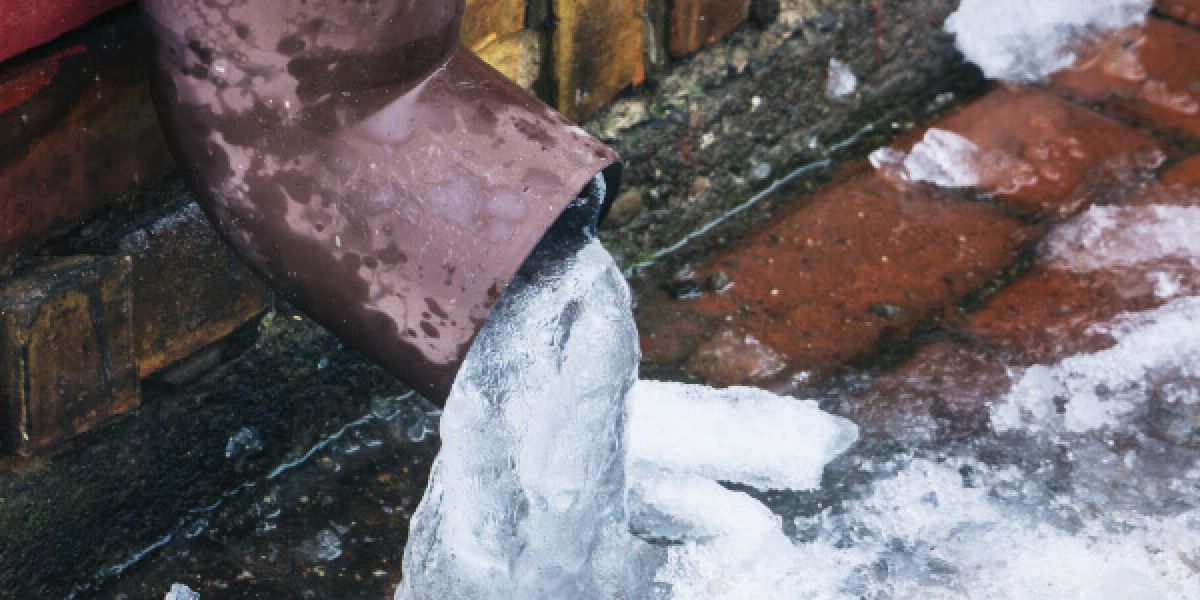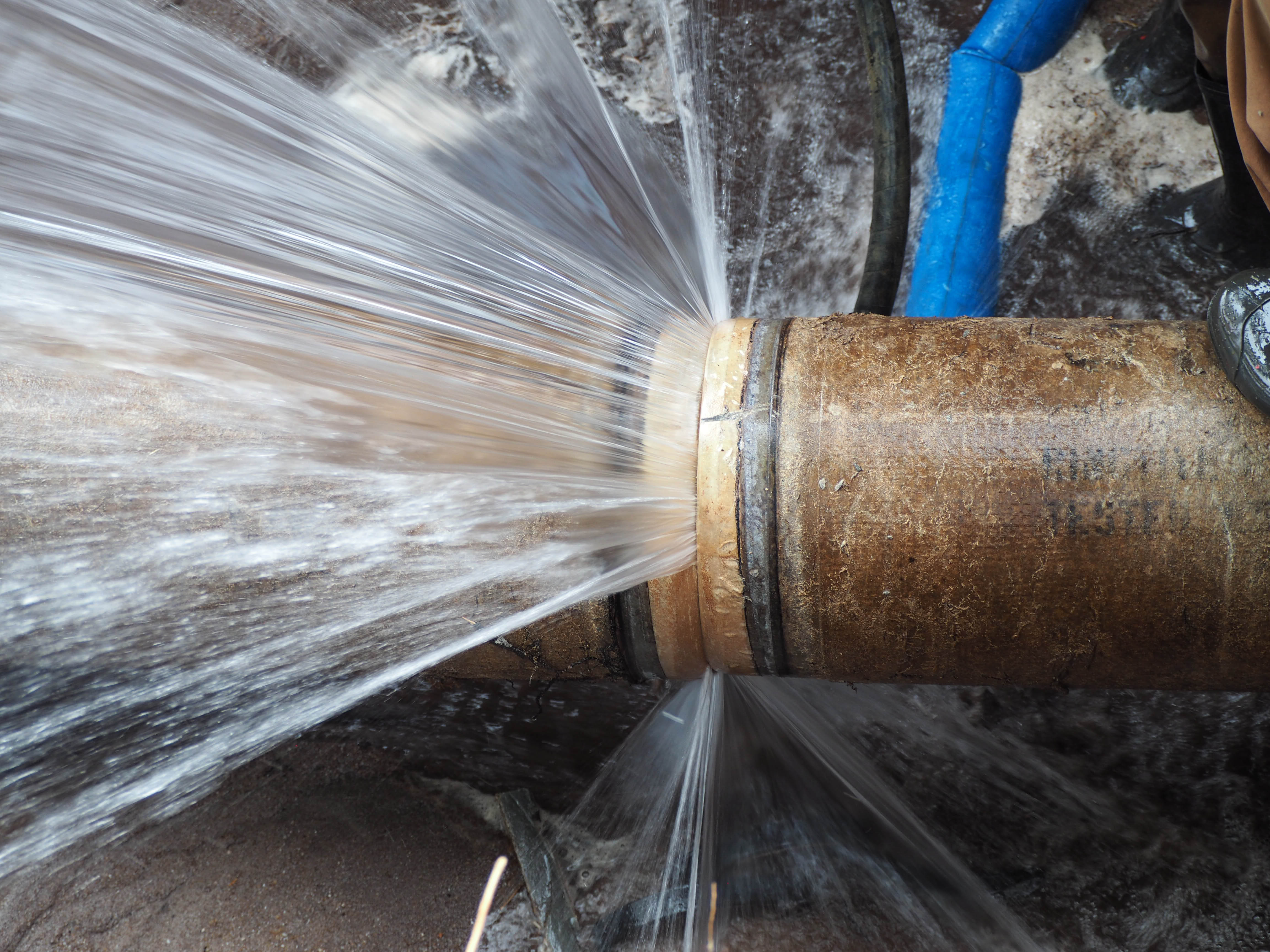Ways to Protect Pipes from Cold Weather Issues: Crucial Guidance
Ways to Protect Pipes from Cold Weather Issues: Crucial Guidance
Blog Article
Just how do you actually feel in regards to 6 Ways to Prevent Frozen Pipes?

Winter can wreak havoc on your plumbing, specifically by freezing pipelines. Below's exactly how to avoid it from occurring and what to do if it does.
Intro
As temperatures drop, the risk of frozen pipelines increases, possibly bring about expensive repair services and water damage. Understanding exactly how to avoid icy pipes is vital for homeowners in chilly environments.
Understanding Frozen Pipes
What causes pipes to ice up?
Pipelines ice up when revealed to temperatures below 32 ° F (0 ° C) for prolonged periods. As water inside the pipelines ices up, it expands, putting pressure on the pipe walls and potentially causing them to burst.
Risks and problems
Icy pipelines can lead to supply of water disruptions, residential property damages, and costly repair work. Burst pipelines can flood homes and cause comprehensive structural damages.
Indications of Frozen Pipeline
Recognizing icy pipes early can avoid them from rupturing.
Exactly how to recognize icy pipelines
Seek lowered water circulation from faucets, uncommon smells or sounds from pipelines, and noticeable frost on subjected pipes.
Avoidance Tips
Shielding prone pipes
Wrap pipelines in insulation sleeves or make use of warm tape to safeguard them from freezing temperatures. Concentrate on pipelines in unheated or outside areas of the home.
Heating methods
Maintain indoor spaces sufficiently heated, specifically areas with pipes. Open up cabinet doors to enable cozy air to circulate around pipelines under sinks.
Protecting Outdoor Pipes
Garden hose pipes and exterior faucets
Disconnect and drain pipes yard hoses before winter season. Set up frost-proof faucets or cover outdoor faucets with protected caps.
What to Do If Your Pipelines Freeze
Immediate activities to take
If you suspect frozen pipes, keep faucets available to eliminate stress as the ice thaws. Make use of a hairdryer or towels soaked in hot water to thaw pipes gradually.
Long-Term Solutions
Architectural changes
Consider rerouting pipes far from exterior walls or unheated locations. Include additional insulation to attics, cellars, and crawl spaces.
Updating insulation
Purchase top notch insulation for pipes, attics, and walls. Appropriate insulation assists maintain regular temperatures and reduces the danger of icy pipelines.
Conclusion
Preventing icy pipelines needs positive actions and quick actions. By understanding the causes, indications, and preventive measures, homeowners can safeguard their pipes throughout cold weather.
5 Ways to Prevent Frozen Pipes
Drain Outdoor Faucets and Disconnect Hoses
First, close the shut-off valve that controls the flow of water in the pipe to your outdoor faucet. Then, head outside to disconnect and drain your hose and open the outdoor faucet to allow the water to completely drain out of the line. Turn off the faucet when done. Finally, head back to the shut-off valve and drain the remaining water inside the pipe into a bucket or container. Additionally, if you have a home irrigation system, you should consider hiring an expert to clear the system of water each year.
Insulate Pipes
One of the best and most cost-effective methods for preventing frozen water pipes is to wrap your pipes with insulation. This is especially important for areas in your home that aren’t exposed to heat, such as an attic. We suggest using foam sleeves, which can typically be found at your local hardware store.
Keep Heat Running at 65
Your pipes are located inside your walls, and the temperature there is much colder than the rest of the house. To prevent your pipes from freezing, The Insurance Information Institute suggests that you keep your home heated to at least 65 degrees, even when traveling. You may want to invest in smart devices that can keep an eye on the temperature in your home while you’re away.
Leave Water Dripping
Moving water — even a small trickle — can prevent ice from forming inside your pipes. When freezing temps are imminent, start a drip of water from all faucets that serve exposed pipes. Leaving a few faucets running will also help relieve pressure inside the pipes and help prevent a rupture if the water inside freezes.
Open Cupboard Doors
Warm your kitchen and bathroom pipes by opening cupboards and vanities. You should also leave your interior doors ajar to help warm air circulate evenly throughout your home.

I am just very occupied with Winter Plumbing Precautions: Preventing Frozen Pipes and I'm hoping you enjoyed the blog posting. So long as you liked our blog posting plz do not forget to pass it around. I appreciate your readership.
Recurring Service Plans Report this page